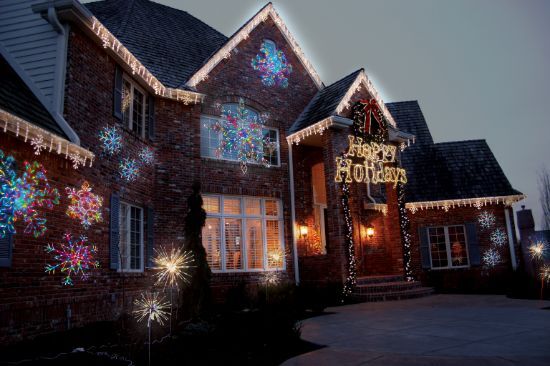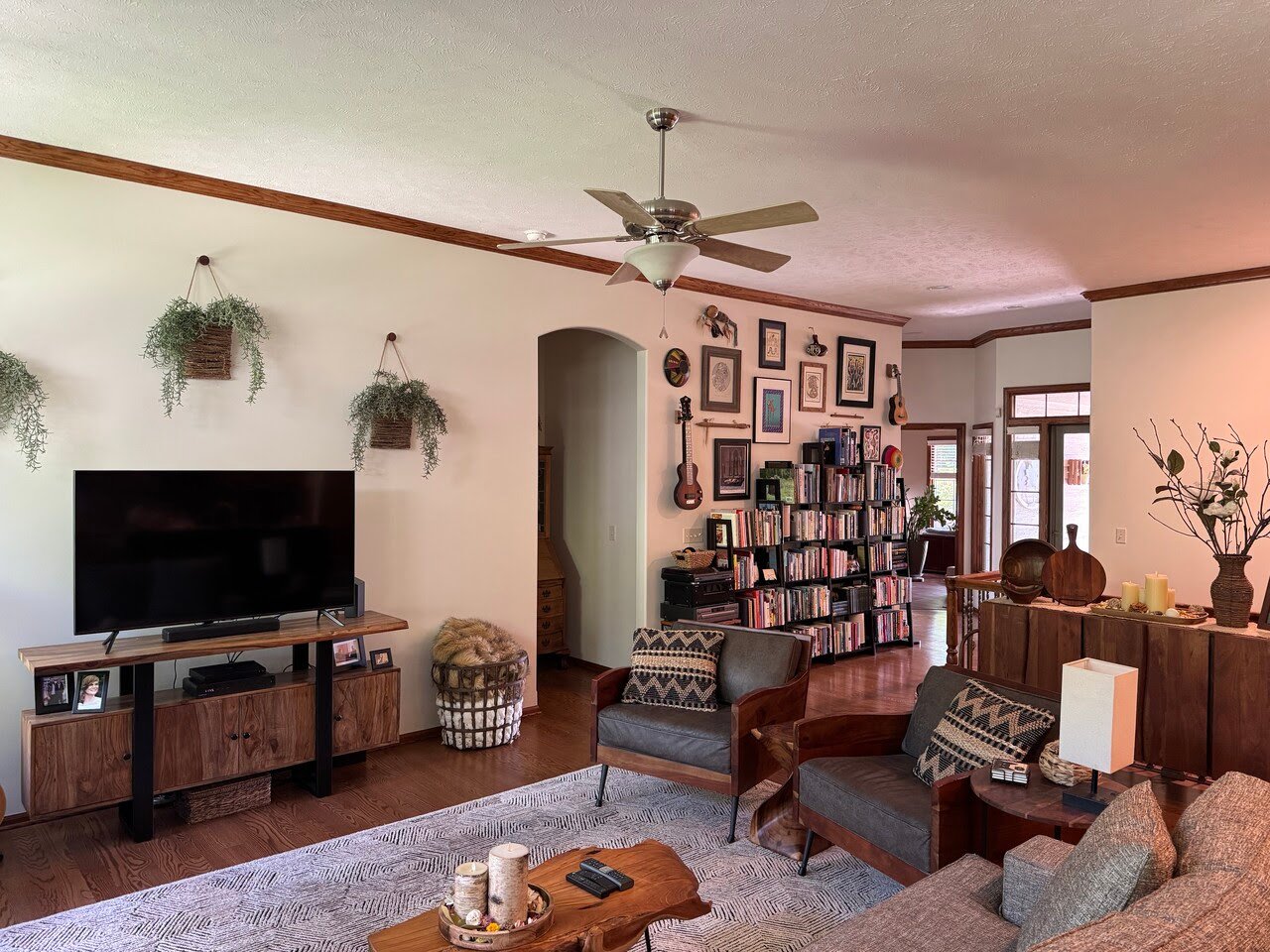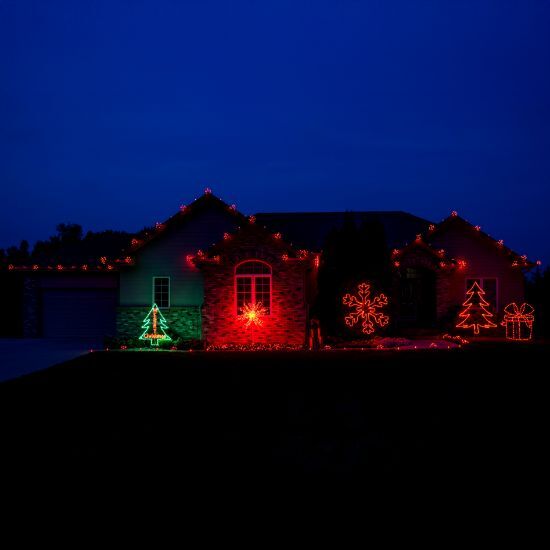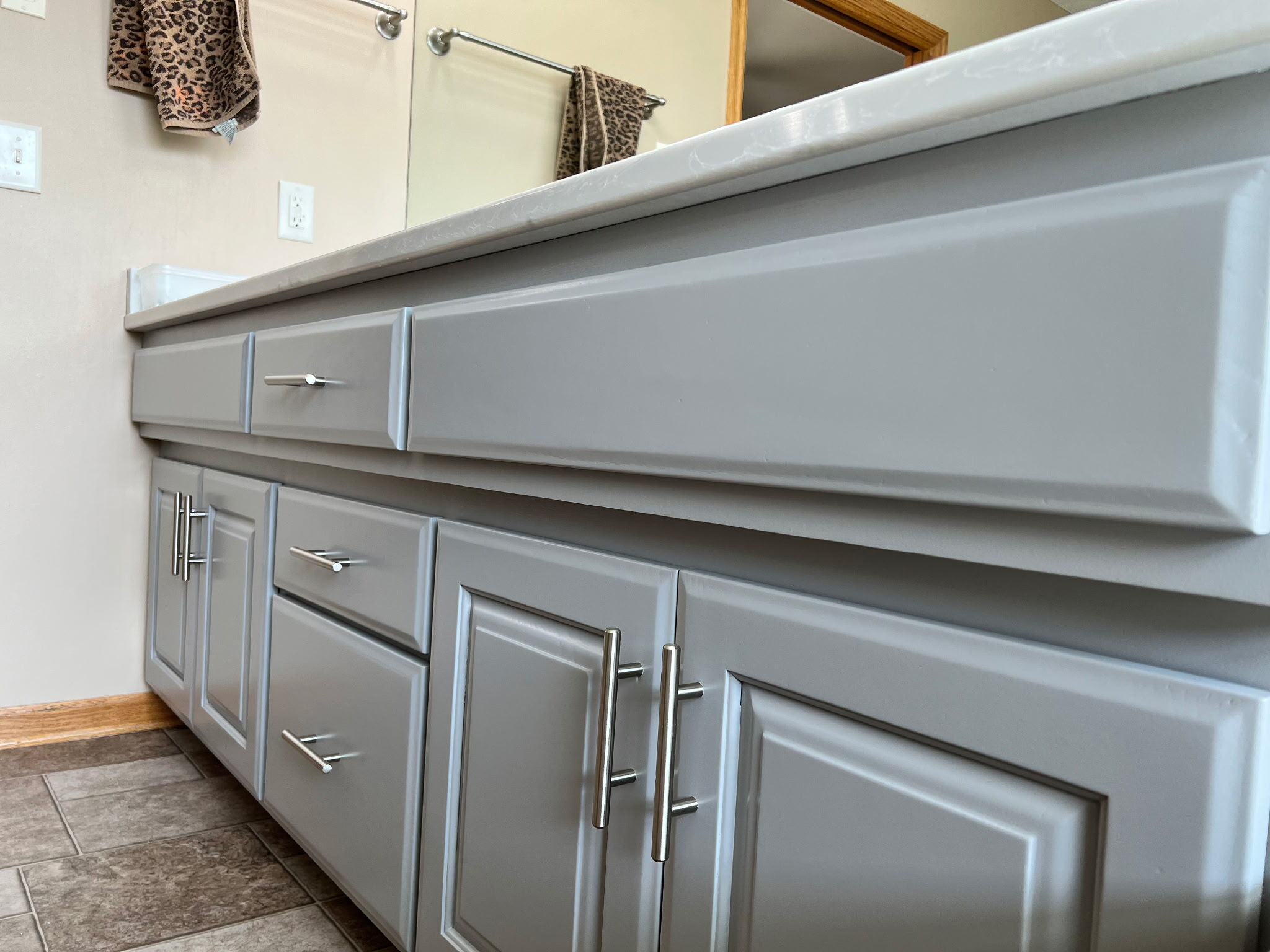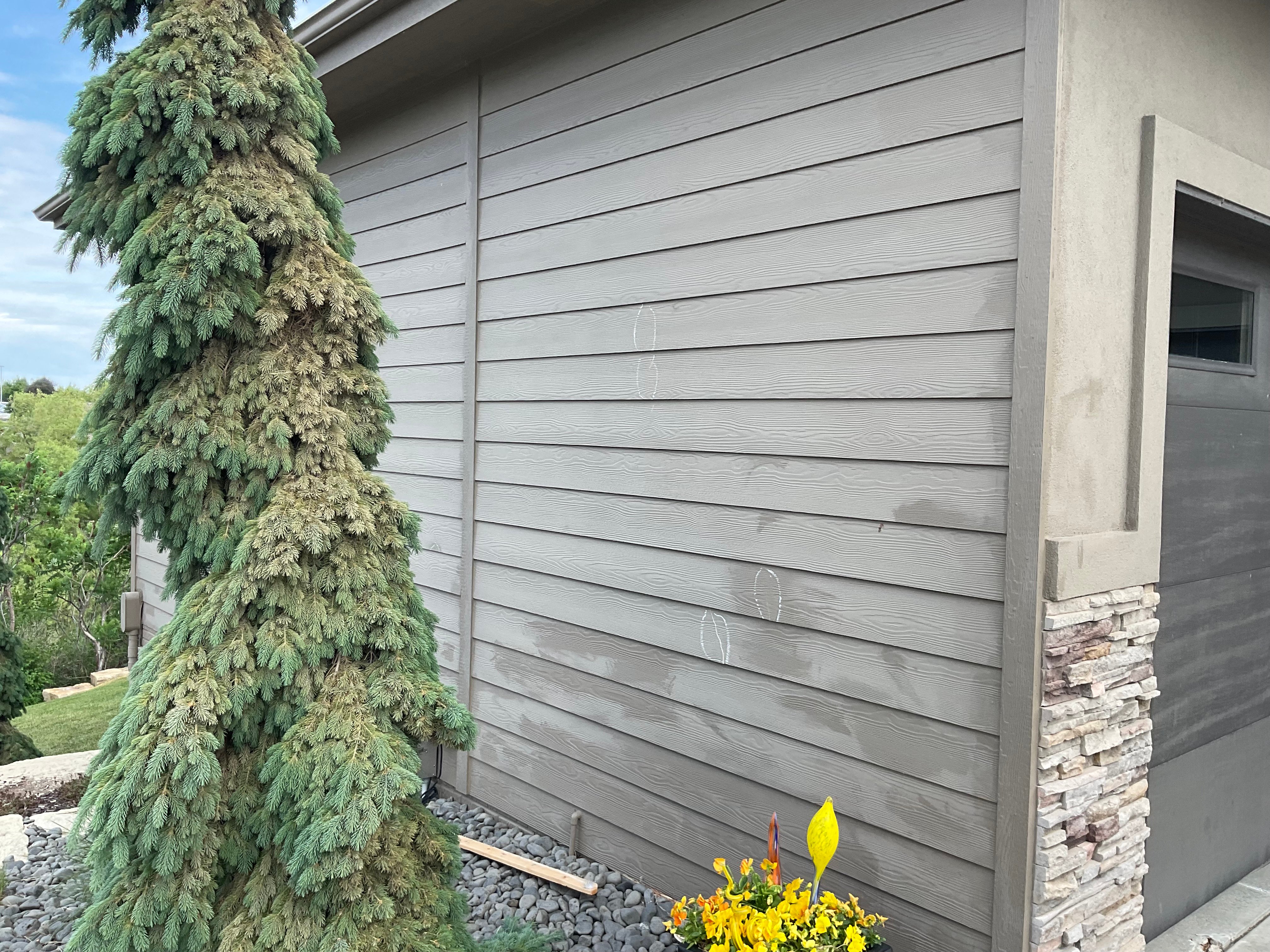How To Paint Textures: Brick, Stucco, Popcorn Ceilings & More
March 11th, 2024
4 min read
-Mar-11-2024-02-33-36-0587-PM.png?width=800&height=418&name=Blog%20Post%20Image%20Size%20(2)-Mar-11-2024-02-33-36-0587-PM.png)
When it comes to refreshing your living space, painting can be one of the most transformative and cost-effective ways to do so. However, when you have unconventional surfaces like brick walls, textured ceilings, concrete, etc. the process can become more complex.
Hiring a painting company to tackle these surfaces requires careful consideration and understanding to ensure the job is done right.
At Brush & Roll Painting, we have nearly 30 years of experience tackling thousands of painting projects in Omaha. With our details process and use of high-quality products, we are prepared to make any surface look flawless and last.
In this article, we will discuss types of non-traditional painting surfaces and how to paint them. By reading this article, you can be more prepared and comfortable heading into your next painting project.
Types of Non-Traditional Surfaces in Your Home To Paint

1. Textured Ceilings: The texture of a textured ceiling can vary widely depending on the method used to apply it. Common textures include popcorn (small, irregularly shaped bumps resembling popcorn kernels), stucco (resembling the texture of stucco walls), or swirl patterns. Some textured ceilings may have a more pronounced texture with deeper grooves and peaks, while others may have a subtler texture. Painting a textured ceiling requires careful preparation and specialized techniques to ensure even coverage and a professional-looking finish.
2. Metal Surfaces: This includes metal doors, railings, fences, and even metal furniture. Painting metal surfaces requires specialized primers and paints designed to adhere to metal and withstand outdoor elements.
-Mar-11-2024-02-29-30-0181-PM.png?width=475&height=248&name=Blog%20Post%20Image%20Size%20(1)-Mar-11-2024-02-29-30-0181-PM.png)
3. Stucco Walls: Stucco is a textured surface commonly found on exterior walls. Painting stucco requires careful attention to filling cracks and gaps in the texture to ensure an even finish.
4. Wood Paneling: Wood paneling, whether it's on walls or ceilings, can be painted to give a fresh, updated look to a room. Proper surface preparation is crucial to ensure the paint adheres well to the wood.
5. Concrete Surfaces: Painting concrete walls can help enhance their appearance and protect them from staining and wear.
6. Plaster Walls: Plaster walls, especially those with decorative molding or texture, require specific techniques and materials for painting to achieve a smooth, uniform finish.
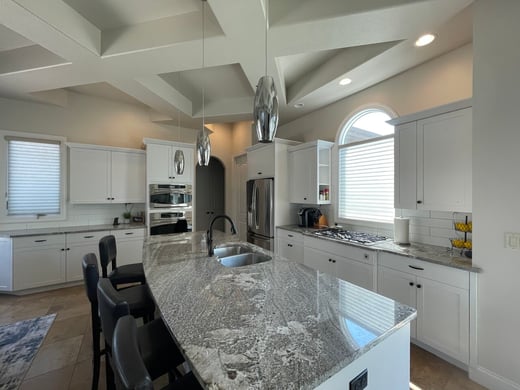
7. Cabinetry and Trim: Painting kitchen cabinets, built-in shelving, and trim work requires precision and attention to detail to achieve a professional-looking finish.
8. Vinyl Siding: While vinyl siding is often not recommended to be painted, some homeowners may choose to paint it to change the color or refresh its appearance. Specialized paints formulated for vinyl are necessary for this task.
.jpeg?width=424&height=510&name=Scheppers%20After%2070%20(2).jpeg)
9. Brick: Painting brick fireplaces, interior or exterior walls can dramatically transform the look of a room. Brick fireplaces require careful preparation and the use of high-temperature paint designed to withstand the heat.
These are just a few examples of unconventional surfaces that may require painting. Each surface comes with its own set of challenges and considerations, so it's important to hire a painting company with expertise in handling the specific surface you need to be painted.
What To Know About Painting Textured Surfaces
Use Specialized Painting Expertise
Painting unique surfaces demands specialized expertise. Not all painting companies are equipped to handle surfaces like brick or textured ceilings.
They should be able to show results from past projects and have a process and type of products already established.
Surface Preparation Before Painting
-Mar-11-2024-02-52-48-8172-PM.png?width=578&height=302&name=Blog%20Post%20Image%20Size%20(3)-Mar-11-2024-02-52-48-8172-PM.png)
Unlike flat walls, unconventional surfaces often require extensive preparation before painting can even begin.
For instance, brick walls may need to be cleaned, repaired, and primed to ensure proper adhesion of the paint. Textured ceilings might require smoothing or patching of imperfections.
It's also crucial that surfaces are protected before paint is applied. This will ensure no paint drips or splatters are on surfaces that do not need to be painted. It also helps to leave a professional job with clean and crisp lines.
Ensure the painting company you hire has a thorough understanding of the preparation required for your specific surface.
Appropriate Paint and Techniques
Different surfaces require different types of paint and application techniques for optimal results.
Brick, for example, may need breathable masonry paint to allow moisture to escape. Textured ceilings might require specialized rollers or spraying equipment for even coverage. Make sure your chosen painting company is knowledgeable about the appropriate materials and techniques for your surface.
It’s important that you have products that will hold up and last, especially on surfaces with uneven textures.
Attention to Detail While Painting Textured Surfaces
Uneven surfaces often have unique characteristics that require careful attention to detail.
For instance, painting brick requires getting into the mortar joints (the spaces in between the bricks, like grout). Textured ceilings may have intricate patterns that need to be preserved or enhanced.
Your painter must be detailed and prepared to spend time on this surface.
Consideration of Surrounding Areas While Painting Uneven Surfaces
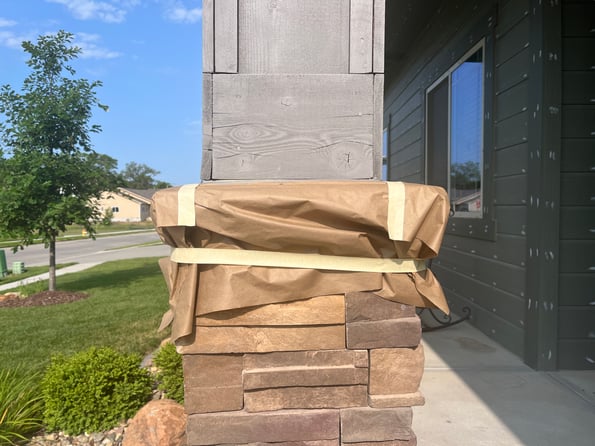
When painting unconventional surfaces, there’s a higher risk of accidental paint splatter or spills reaching surrounding areas. Because the paint isn’t able to glide on smoothly, it can cause more splatters around the area.
Proper precautions need to be taken to protect floors, furniture, and other surfaces in the area from damage. Materials that can be used include tape, drop cloths, and paper and plastic sheets.
Timeline and Disruption While Painting Textured Surfaces
Painting unique surfaces may take longer than painting standard, smooth surfaces due to the additional preparation and specialized techniques involved.
Be prepared for potential disruptions to your project. Discuss the timeline with the painting company beforehand and make arrangements if needed.
Cost Considerations For Painting Textured Surfaces
Painting unconventional surfaces may incur higher costs compared to standard painting projects due to the extra materials, labor, and expertise required.
Obtain multiple quotes from reputable painting companies then carefully review the breakdown of costs and determine the value of your project.
Remember that investing in quality workmanship and materials can save you money in the long run by ensuring the durability and longevity of the paint job.
Clear Communication Through Your Painting Project
-4.png?width=498&height=260&name=Blog%20Post%20Image%20Size%20(4)-4.png)
Communication is key to a successful painting project. Clearly convey your expectations to the painting company and ask any questions you may have before work begins.
A reputable company should keep you informed throughout the process and address any concerns promptly.
Conclusion
In conclusion, it’s possible to have a beautiful paint job on uneven, textured surfaces. With the right painting company for your project, your transformation is right around the corner!
If you are still looking to hire a professional painting company to transform your textured surface(s), consider Brush & Roll Painting. Our thorough process and use of high-quality products and materials promise lasting paint. Click the button below to get started on your project.
Hiring a painting company in Omaha, NE can be difficult. It is overwhelming with all of the options available to you. To help, we have created a free, downloadable guide to hiring a painter.
Kaylea is the Brush & Roll Painting Content Manager. Kaylea is a Journalism and Media Communications summa cum laude graduate with a minor in Marketing from the University of Nebraska at Omaha. Kaylea manages the marketing for Brush & Roll Painting.













-Jul-23-2025-02-21-33-5468-PM.png?width=800&height=418&name=Blog%20Post%20Image%20Size%20(2)-Jul-23-2025-02-21-33-5468-PM.png)


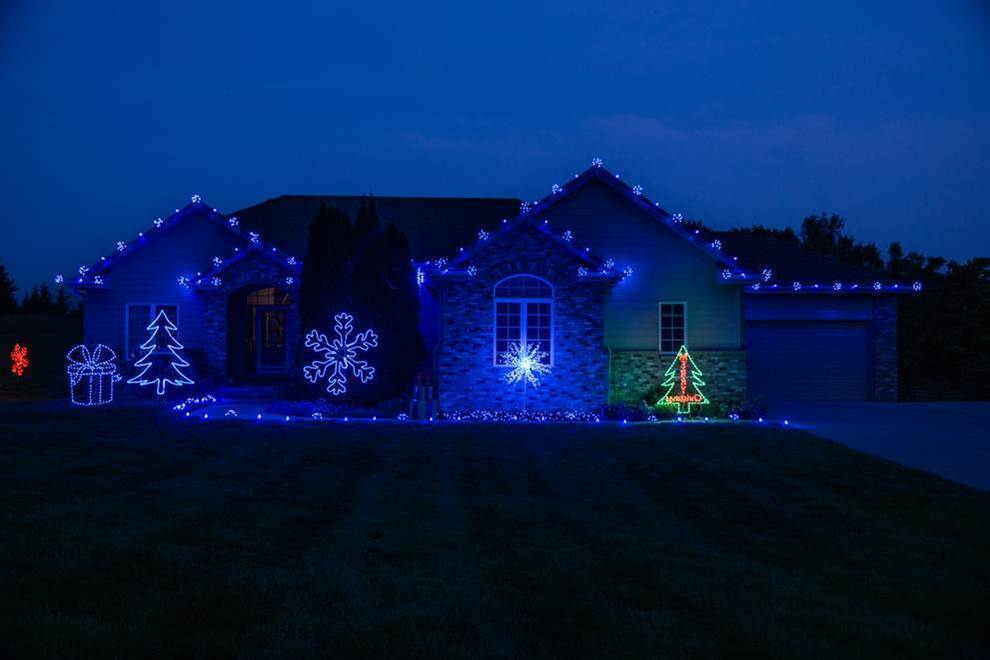
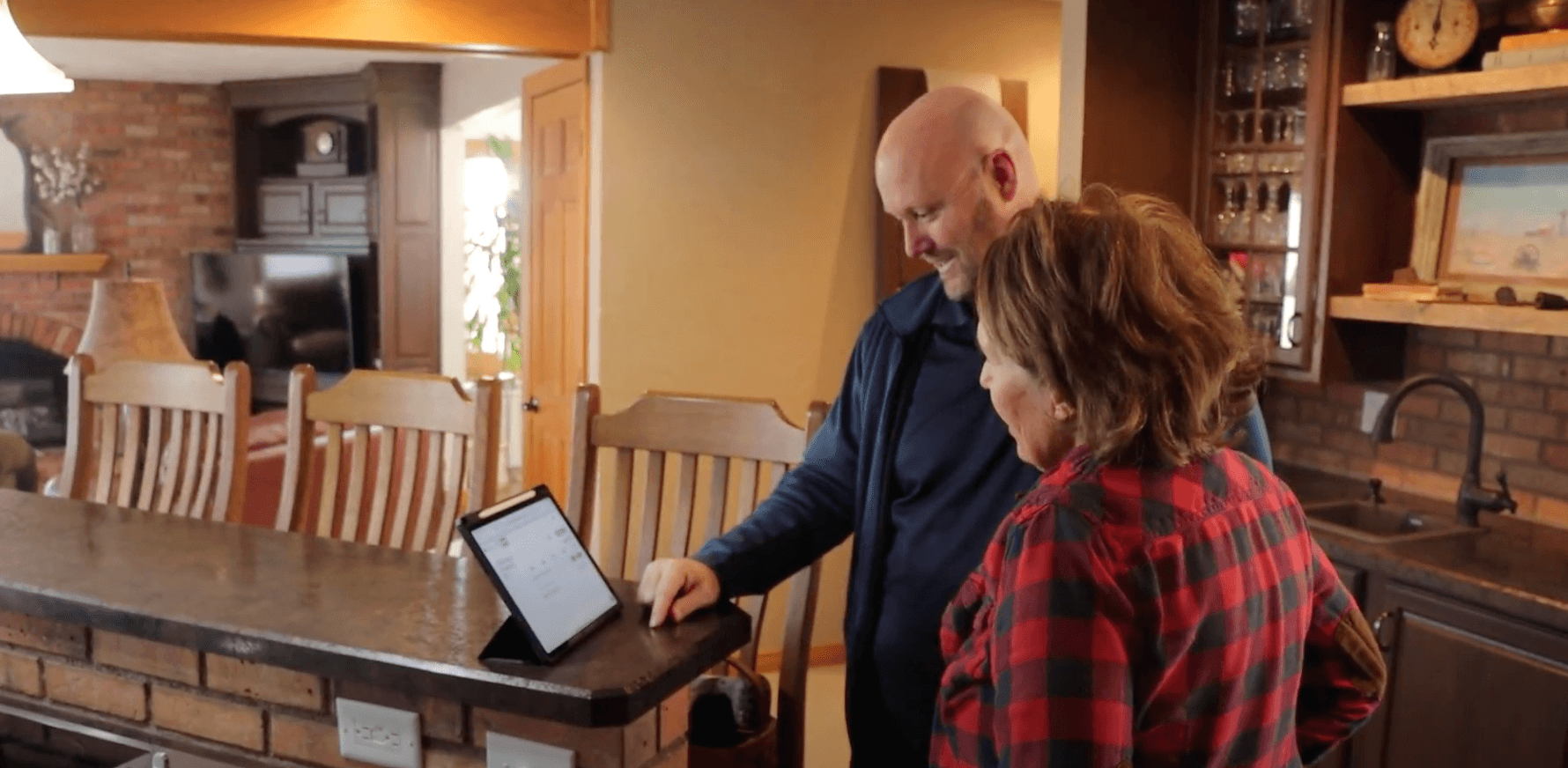
-Oct-22-2025-01-39-19-5208-PM.png?width=800&height=418&name=Blog%20Post%20Image%20Size%20(1)-Oct-22-2025-01-39-19-5208-PM.png)



